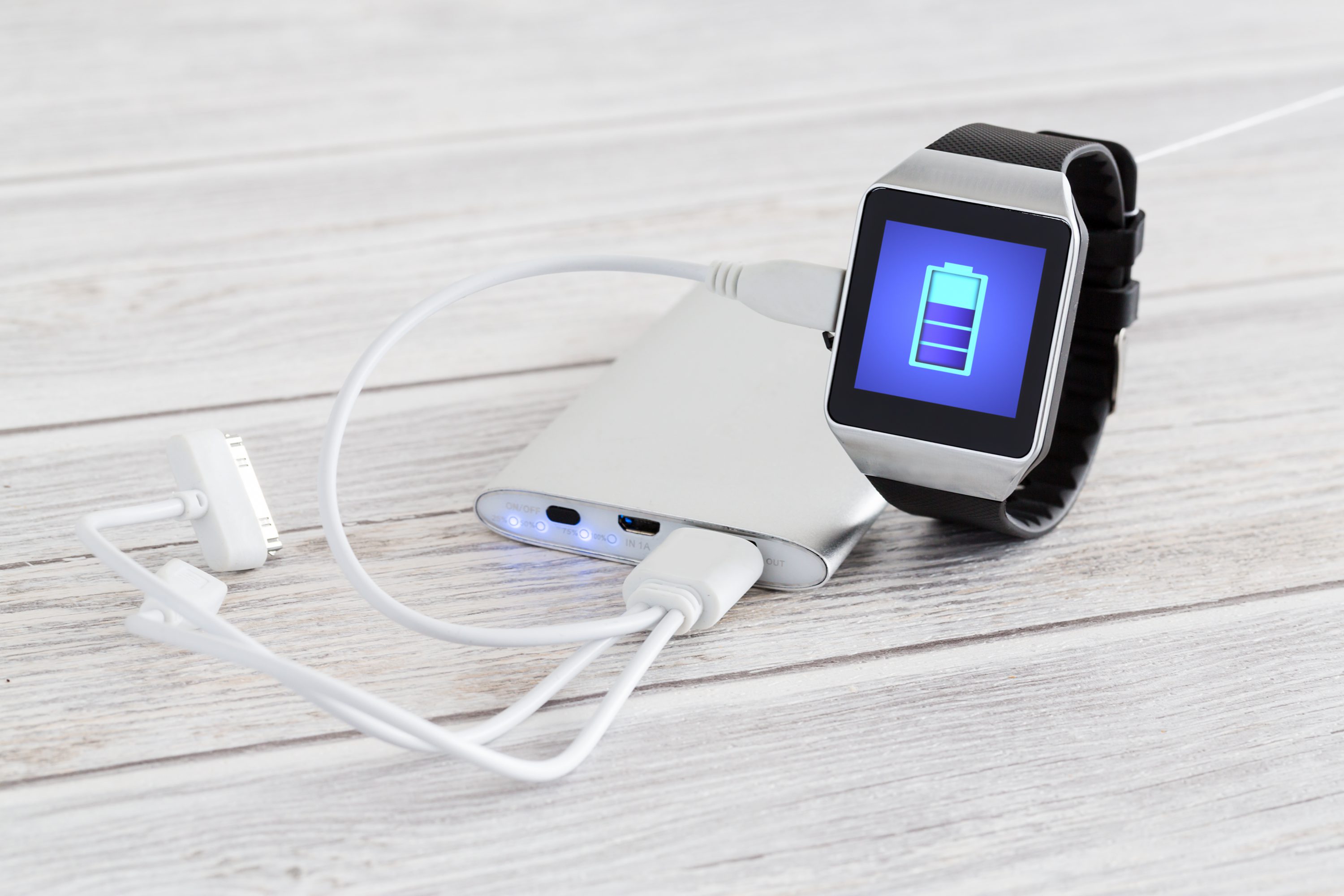Mechanical watches are an early representation of battery-less self-powered timepieces driven by a mainspring wound by hand. With technological advances, less and less use a watch for just its single timekeeping function. Smartwatches come in as a life assistant functioning beyond counting seconds and are treated as a second smart phone that sticks with us day by day. Across all the available smartwatches in the market, the majority of them are powered by a conventional battery, meaning that the short-livedness of power or battery cell is a pain. To those who regard wearing a watch from waking up as a daily ritual, needing to recharge its battery can be a worry. That goes for Professor Wei-Hsin Liao as well, who is currently the Chairman of the CUHK’s Department of Mechanical and Automation Engineering.
Professor Liao has delved into the problem and recently devised an electromagnetic energy harvester that converts kinetic energy from the arm swing into electricity. And that, very likely, can replace a chargeable battery in a standard sized smartwatch.
A Mechanical Architecture to Tackle Nuisance
Professor Liao says, “Space is a critical factor and challenge, and speaking of a smartwatch and wristband, available space is quite limited.” Mechanically speaking, to support an energy consuming smartwatch in continuous operation, a typical mechanical gear and rotor embedded inside a timekeeping automatic watch fails to generate sufficient amount of energy from a wrist movement, while significant energy loss also occurs during the transmission. To those who rely on smartwatches for tracking health statistics, having to take it off for charging from time to time could be troublesome.
Professor Liao and his team came up with a three-unit coaxially arranged compact structure that satisfies energy efficiency while successfully navigating within the space. The three parts include a motion capture unit, frequency-up converter, and power generation unit. When asked why electromagnetic energy transmission would be deployed here, Liao said, “it is a contactless magnetic gearing structure that allows a magnetic field to push the rotor to spin in rapid speed, to reduce possible friction and energy loss”.


Magnetic gearing is applied in large industrial equipment; motors and turbines, for instance. Liao was partly inspired by that and integrating it in a watch is first and foremost application of precise machinery, 5cm3 in size. He continued, “I would say, the magnetic frequency-up converter is the key design. The limb motion or arm swinging generates a very low frequency, but the converter amplifies the frequency captured along with the power.” According to the statistics, commercial smartwatches or wristbands available in the market have normal power consumption in the range of 0.65-1.71mW; the team’s model can generate a power output up to 1.74mW when tested in a real walking situation, with a power performance surpassing 10 times that of other smartwatches in the market. Moreover, it is also possible to couple with a power management circuit that puts the device on power-saving mode and stores excessive electricity for future usage. After all, you do not just walk in your daily life but engage in other activities that generate much energy flow that would otherwise be wasted.
Continuity of Power and Dreams
Before Professor Liao and his team developed this energy harvesting system for a battery-less smartwatch application, Professor Liao had accumulated more than 20 years of experience in the research field of vibration control and vehicle suspension; and in 2018, his team developed a powered ankle-foot prosthesis that assists the disabled. Immense energy consumption and low energy efficiency remained a crucial concern which current smartwatches users also face. He then was prompted to utilize his research interest in vibration to incorporate the abundant energy from human motion as an advantage in boosting energy efficiency. Professor Liao said, “It is all about vibration anyway, to make good use of vibration to collect abundant energy in human motion, and apply it when needed.”
In recognition of his contributions and dedications towards the advancement of sciences and technology, Professor Liao has recently been awarded the Adaptive Structures and Material Systems Award by the American Society of Mechanical Engineers (ASME), and he is the first recipient of the award from Hong Kong.
The team envisages a bigger commercial success and benefit to more people in the near future. With a low production cost of the harvester that occupies a small fraction of a smartwatch, cooperation with established smartwatch manufacturers would be of great help in further enhancing the precision of the hardware, and at an even more impressive price. Further, the ease of having a sustainable smartwatch without a charging dock is really an actualization of incorporating technology and a healthy lifestyle. “Perhaps we could have a more concrete development plan in the coming few months; perhaps building a startup of our own when the time comes”, added Professor Liao. Let’s look forward to the day when we don’t get distressed over the power display.










